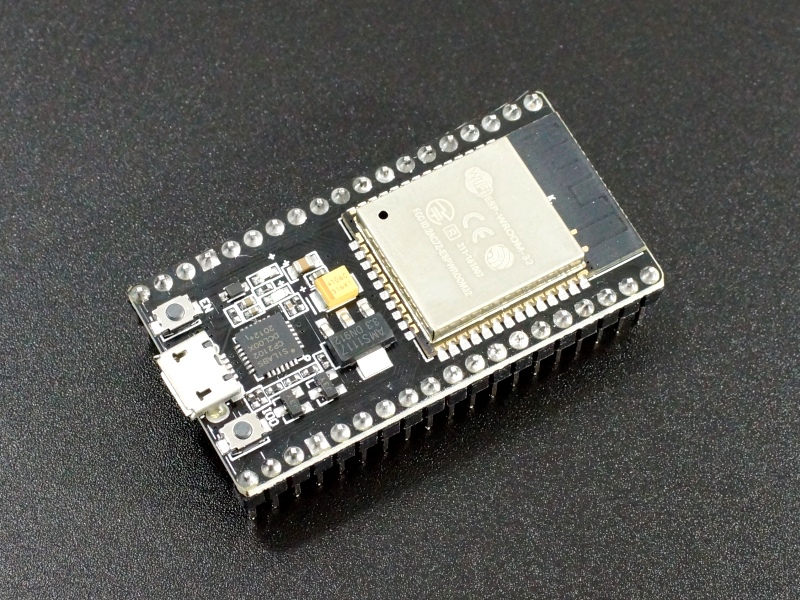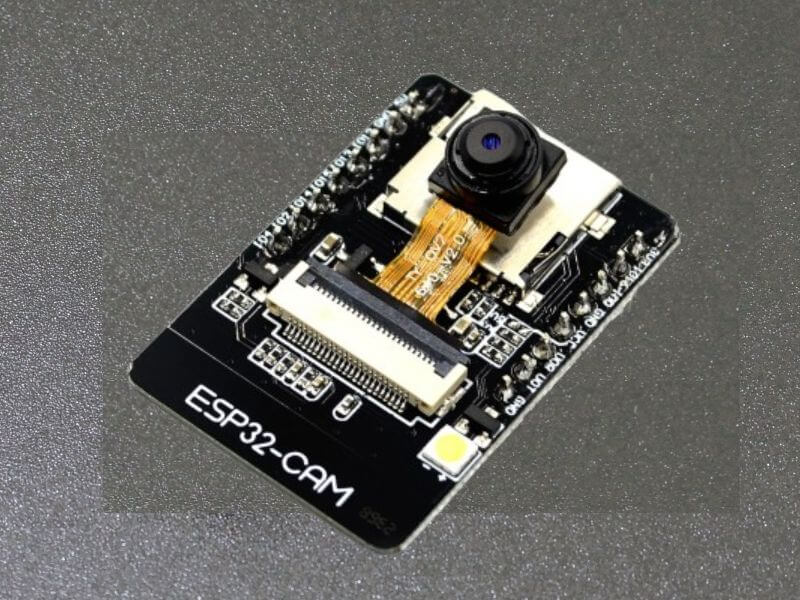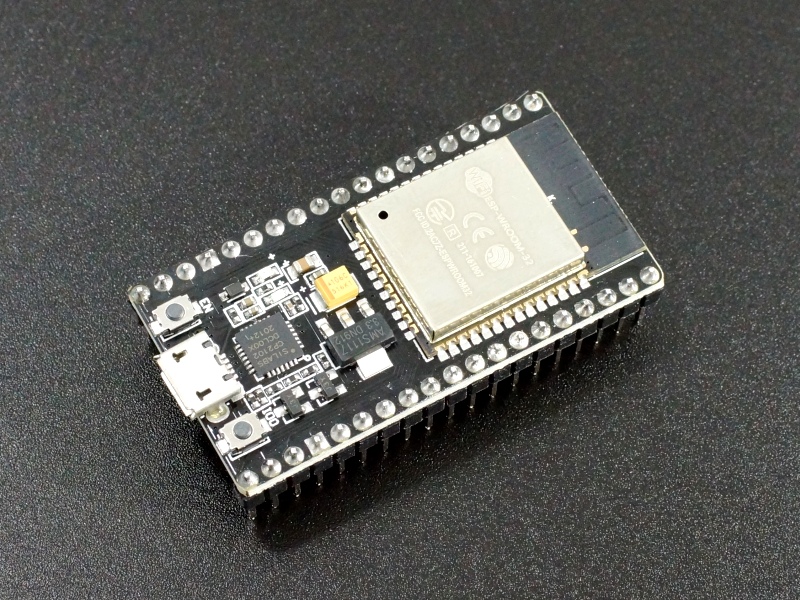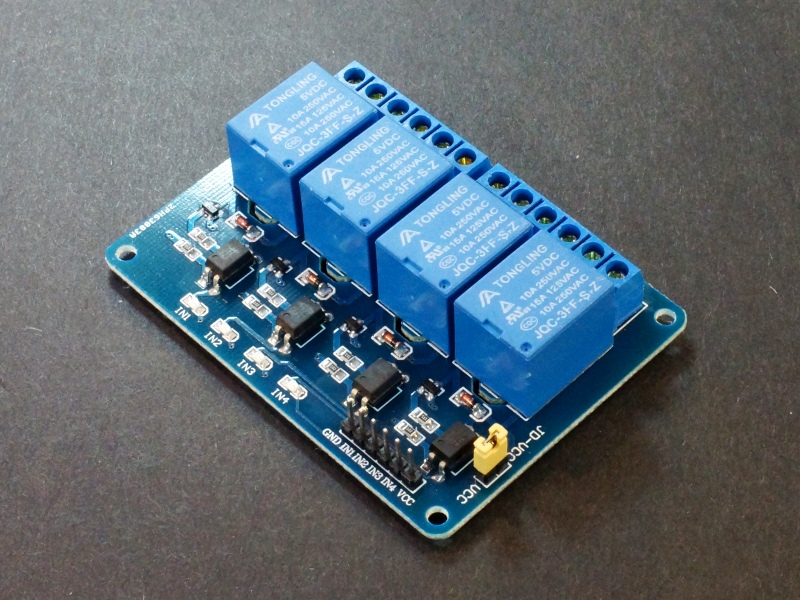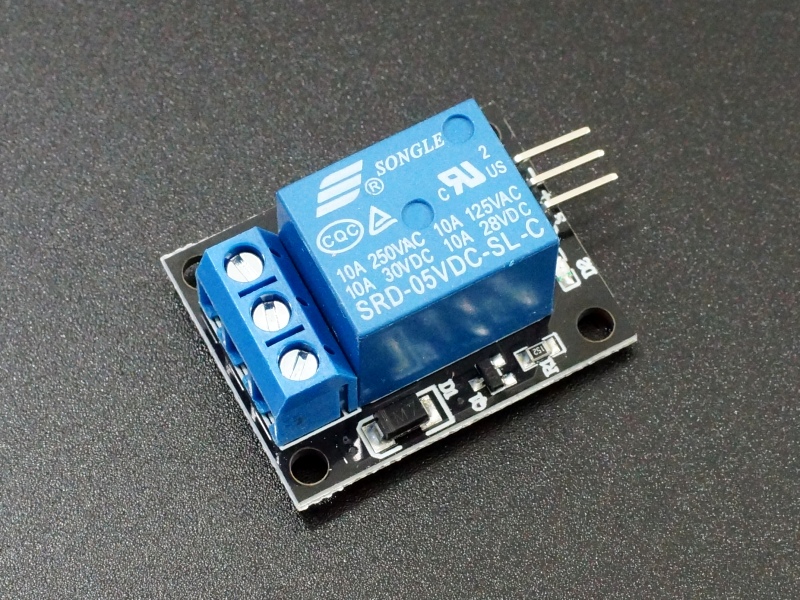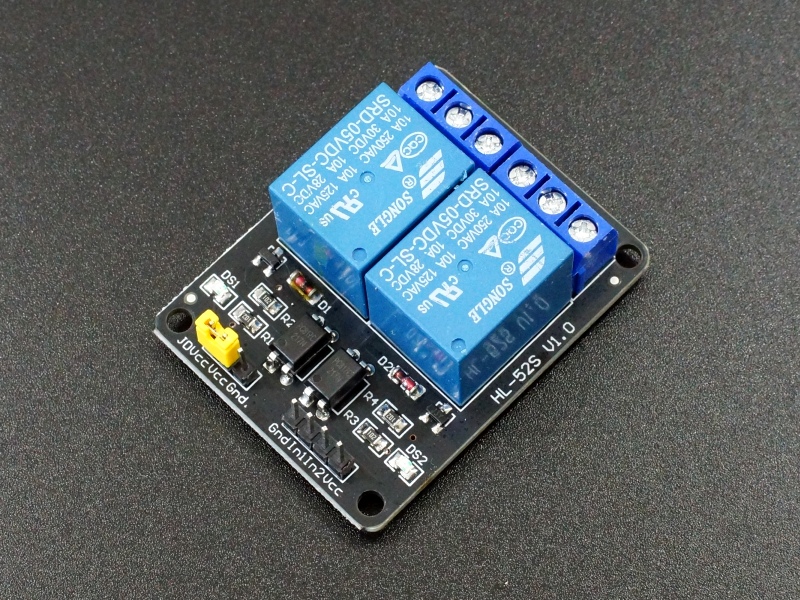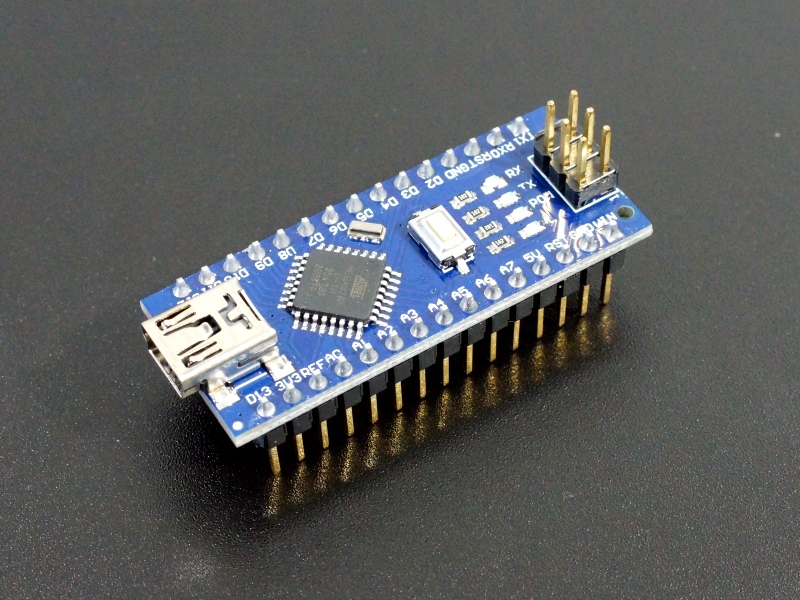Product Description
DESCRIPTION
The ESP32-S Development Board is a powerful processor with WiFi and Bluetooth capability and is the next step up to the popular ESP8266 line of IOT processors.
PACKAGE INCLUDES:
- ESP32-S Development Board
KEY FEATURES OF ESP32-S DEVELOPMENT BOARD:
- Microcontroller: Xtensa LX6 32-bit
- Clock Speed: 160MHz
- USB Converter: CP2102
- USB Connector: Micro USB
- Flash Memory: 4 MB
- RAM: 512Kb
- Digital I/O: 32 (26 usable)
- PWM: 16 channels
- Analog Outputs: 2 channels, 8-bit
- Analog Inputs: 16 channels, 12-bit
- Communications: 3 Serial, 4 SPI, 2 I2C, CAN bus, I2S Stereo
- Integrated Sensors: IR remote, Hall sensor, temperature sensor, touch sensors, pulse counter
- Bluetooth: 4.2 and BLE (Bluetooth Low Energy)
- WiFi: Built-in 802.11 b/g/n 2.4GHz
- Buttons: EN (Reset) and IO0 (Boot)
- Programming: Compatible with Arduino IDE
- Pin Spacing: 0.1″ centers. Breadboard compatible
- Operating Voltage: 3.3V internal power and I/O. 5V-9V external power with on-board regulator
The ESP32 -S is a very flexible IOT board that is a significant superset of the popular ESP8266 line. Compared to the ESP8266, it primarily adds significantly more I/O that is very flexible in its functionality as well as Bluetooth. The downside is that being newer, the support is not as extensive as it is for the ESP8266 for some of the unique features such as using the hall effect sensor, IR remote or I2S buses, but items such as CAN bus and capacitive touch are supported in the Arduino IDE.
Besides the IDE, it can also be programmed using the Espressif IDF, Microphytoon, LUA and other programming environments.
Compared to the typical AVR processor of the standard Arduino it also has a larger 4 MB of Flash memory for program space and runs at clock speeds of 160 MHz and can sometimes optionally be overclocked to 240 MHz and therefore has a very fast processing speed. These can be used as a stand-alone MCU in place of something like an Arduino or it can be used as a peripheral in conjunction with another MCU just to provide WiFi, Bluetooth or other unique capabilities that it has.
The board incorporates 2 pushbuttons. One is labeled ‘EN‘ which is the Reset button. The other button is labeled ‘IO0‘ which is also called the Boot button. This button is used to download programs to the board as described in the example program section down below.
The ESP32-S chip allows most of the I/O such as the serial ports and I2C to be multiplexed to any of the GPIO pins for flexibility. The pinout shown in the attached drawing is the default pinout.
The 38-pin board is breadboard compatible and will leave one row of open contacts on each side of the board.
The I/O is labeled only on the bottom side of the board and a bit hard to read, so refer to the pinout drawing to figure out where things are.
Specifications
TECHNICAL SPECIFICATIONS
| Microcontroller | Xtensa LX6 32-bit | |
| Serial to USB Converter | CP2102 | |
| Operating Voltage | 3.3V | |
| Input Voltage | 3.3V or 5V | |
| Digital I/O Pins | 32 (26 usable) | |
| PWM I/O Pins (Shared with Digital I/O) | 16 | |
| Analog Input Pins | 16 (12-bit) | |
| DC Current per I/O Pin | 10-40mA depending on total chip loading | |
| Hardware Serial Ports (UARTS) | 3 | |
| I2C Ports | 2 | |
| SPI Ports | 4 | |
| CAN Bus | 1 | |
| I2S Audio Bus | 2 | |
| Touch Sensor Inputs | 10 | |
| Flash Memory | 4 MBytes | |
| ROM | 448 KBytes | |
| SRAM | 520 KBytes | |
| Clock Speed | 160MHz | |
| Network | IEEE 802.11 b/g/n WiFi 2.4GHz | |
| Bluetooth | V4.2 BR/EDR and BLE | |
| Built-in LED | Attached to pin 2 | |
| USB Connector Style | Micro-B Female | |
| Board Dimensions (L x W) | 49 x 25.6mm (1.93 x 1.0″) | |
| Pin Spacing (row-to-row) | 22.86mm (0.9″) | |
| Country of Origin | China | |
| Datasheet | ESP32 | |
| Schematics (representative) | ESP32 Dev Kit |

